Foundation Reinforcement Techniques
Foundation repair is a critical aspect of maintaining the structural integrity of a building. According to industry statistics, nearly 20% of homes in the United States experience some form of foundation issues during their lifespan. Common causes include soil movement, moisture changes, and poor initial construction. Addressing foundation problems promptly can prevent further damage, reduce repair costs, and ensure safety. Proper foundation repair techniques restore stability and prolong the lifespan of a property. Professional assessment and intervention are essential to determine the most effective solutions for specific issues.
Cracks in walls, uneven floors, and sticking doors are indicators of foundation issues that require attention.
Methods such as piering, slabjacking, and wall stabilization are used to correct foundation settlement and movement.
Early intervention can prevent extensive damage and costly repairs in the future.
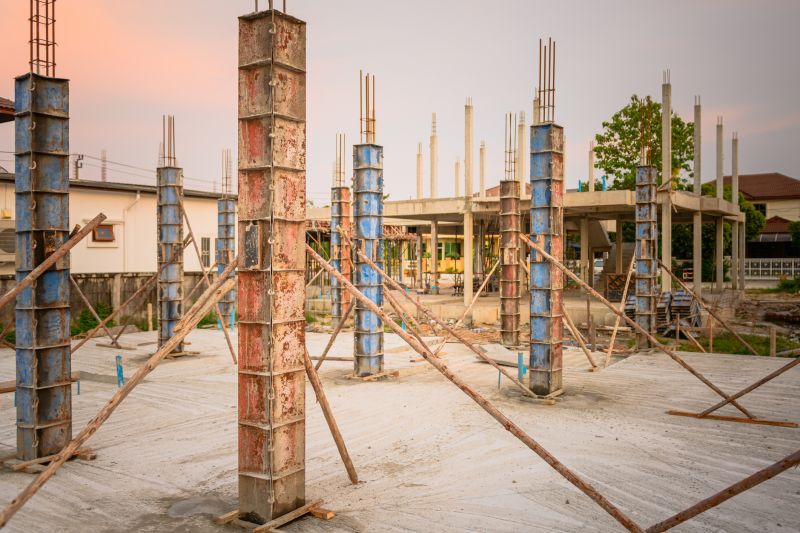
Piering involves installing supports beneath the foundation to stabilize and lift it back into position.
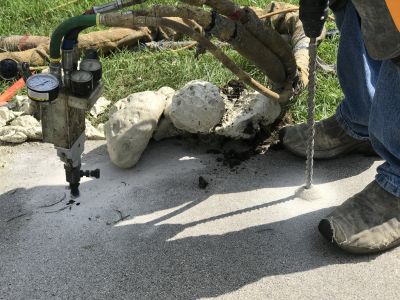
This technique raises sunken concrete slabs by injecting a grout mixture beneath them.
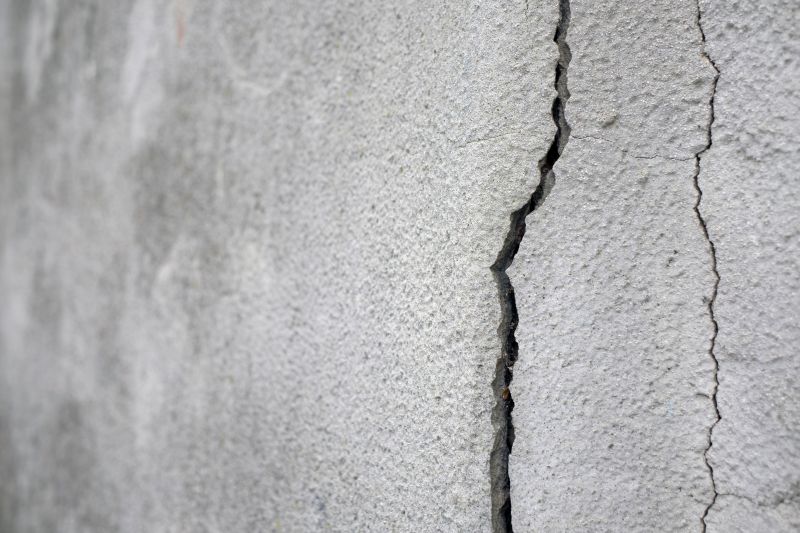
Reinforcing and repairing bowed or cracked basement walls to prevent further movement.
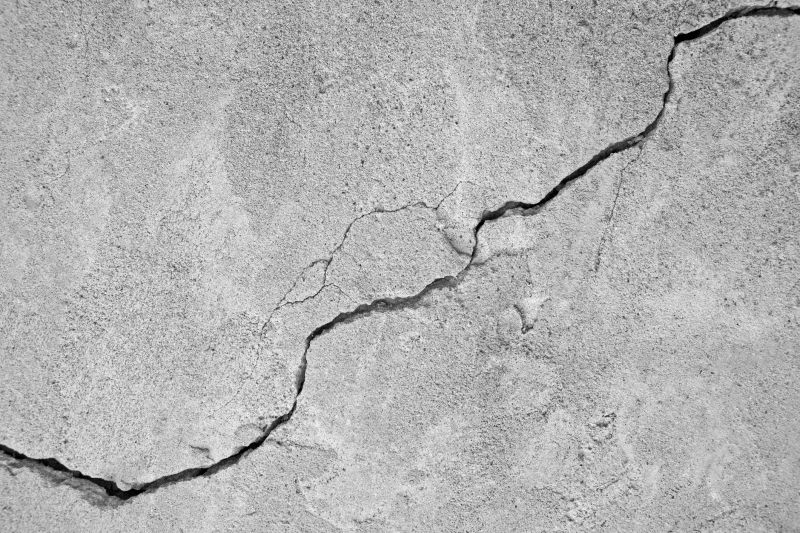
Sealing and reinforcing cracks to prevent water intrusion and structural deterioration.
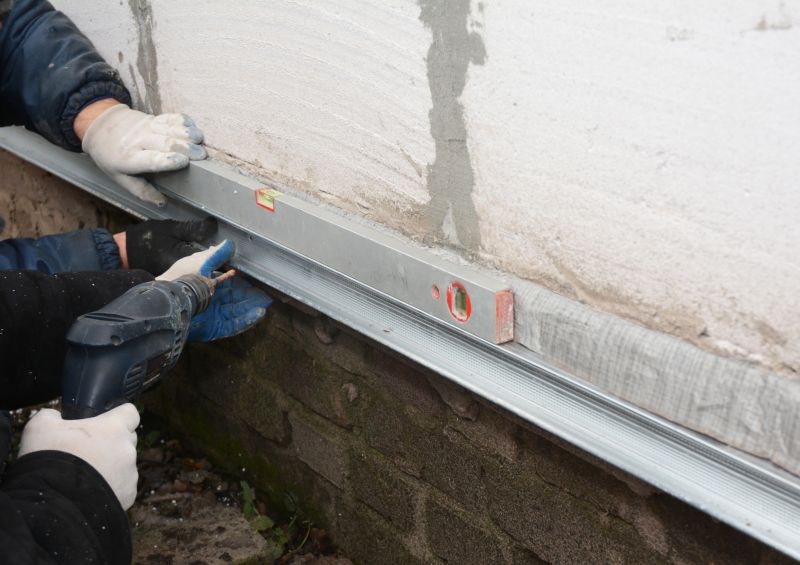
Adjusting soil conditions around the foundation to reduce movement and settling.

Using hydraulic pressure to install supports deep into stable soil layers.
| Foundation Repair Service | Description |
|---|---|
| Pier and Beam Repair | Supports and stabilizes the foundation using piers to correct uneven settling. |
| Slabjacking | Raises sunken concrete slabs by injecting grout beneath the surface. |
| Wall Stabilization | Reinforces basement or foundation walls to prevent bowing or cracking. |
| Crack Repair | Seals and reinforces cracks to prevent water intrusion and further damage. |
| Soil Stabilization | Improves soil conditions around the foundation to prevent movement. |
| Hydraulic Push Piers | Deep supports installed into stable soil to lift and stabilize the foundation. |
| Mudjacking | Lifts and levels concrete surfaces using a slurry mixture. |
| Drainage Correction | Improves water drainage around the foundation to reduce soil-related issues. |
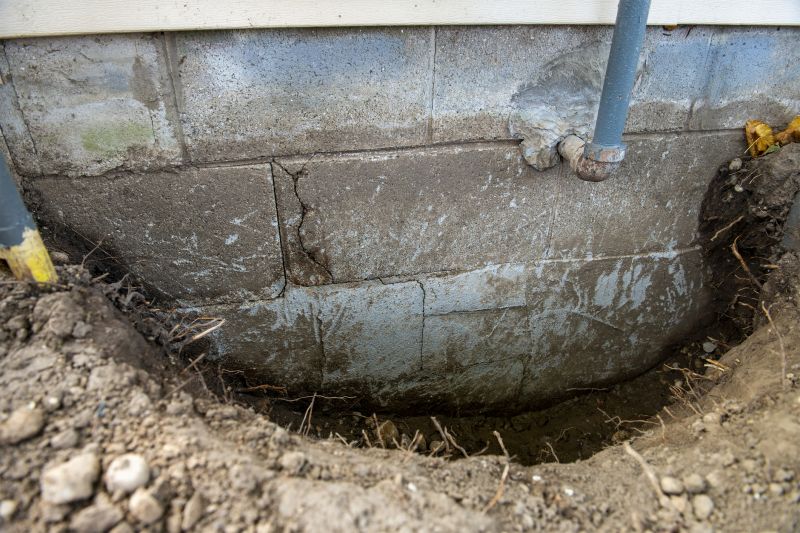
A contractor reinforcing a basement wall with steel supports to prevent further cracking.
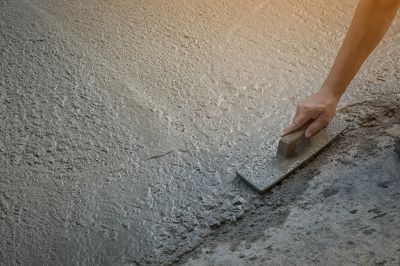
A comparison showing the correction of uneven flooring after foundation repair.

Application of sealants to cracks to prevent water infiltration and structural issues.
Foundation repair offers numerous benefits, including enhanced structural stability, increased property value, and peace of mind. Addressing foundation issues can prevent secondary damages such as mold growth, interior wall cracks, and uneven floors. Proper repairs help maintain the integrity of the entire building, ensuring safety for occupants. Investing in professional foundation repair ensures that the work is performed correctly, using the appropriate techniques and materials suited to the specific problem.
Hiring a professional for foundation repair is essential due to the complexity of the work involved. Experienced specialists can accurately diagnose issues, recommend the most effective solutions, and execute repairs safely and efficiently. Attempting DIY repairs or hiring unqualified individuals can lead to inadequate fixes, further damage, and higher costs over time. Professionals bring specialized equipment and knowledge that ensure long-lasting results. Trusting experts helps protect the structural integrity of the property and provides confidence in the repair process.
Interested in foundation repair services? Contact today to receive a detailed quote and ensure your property’s stability and safety.

